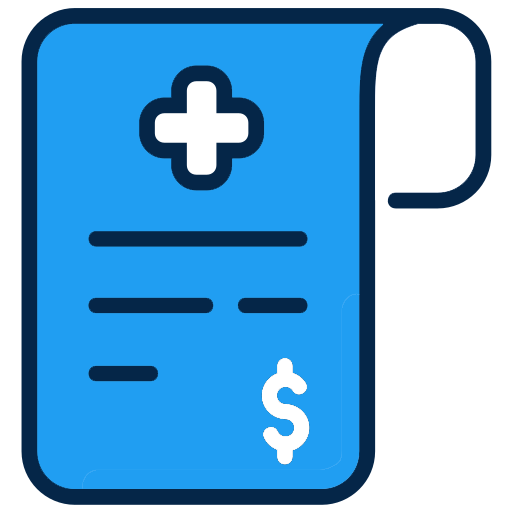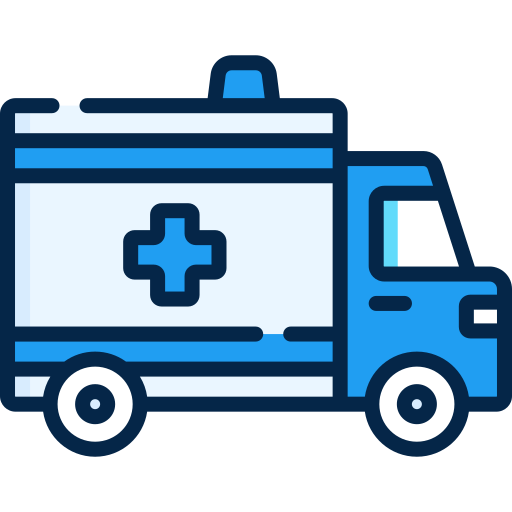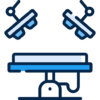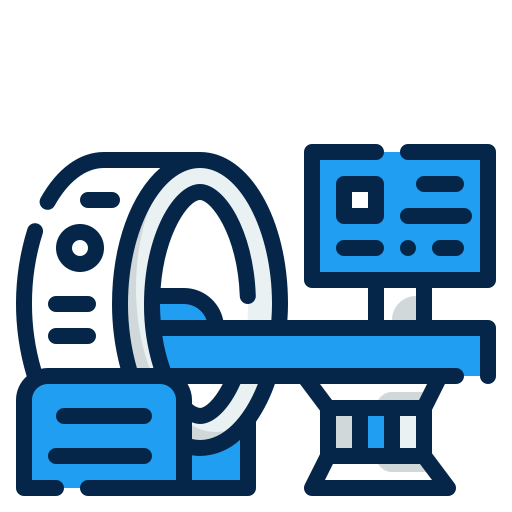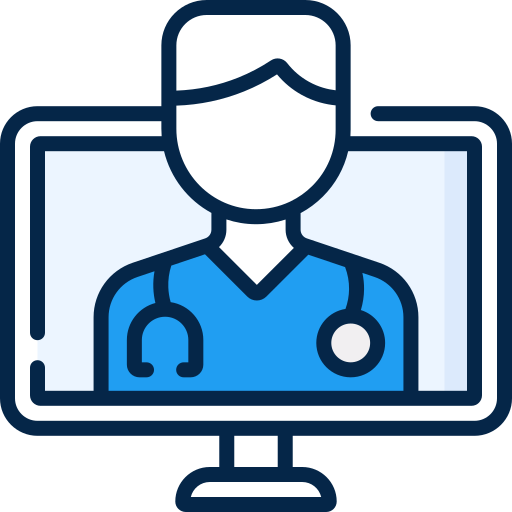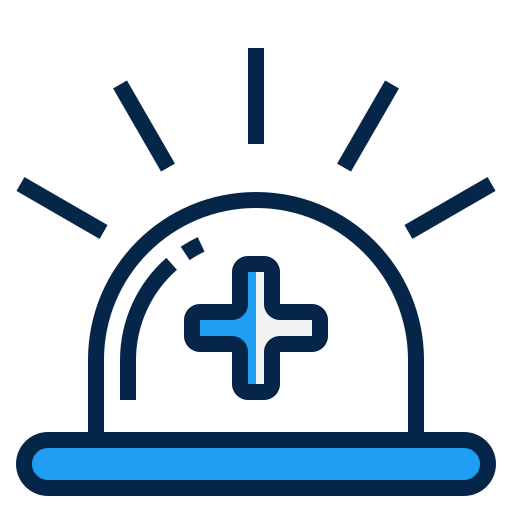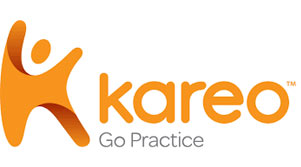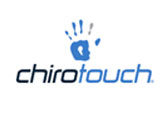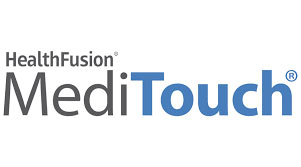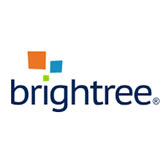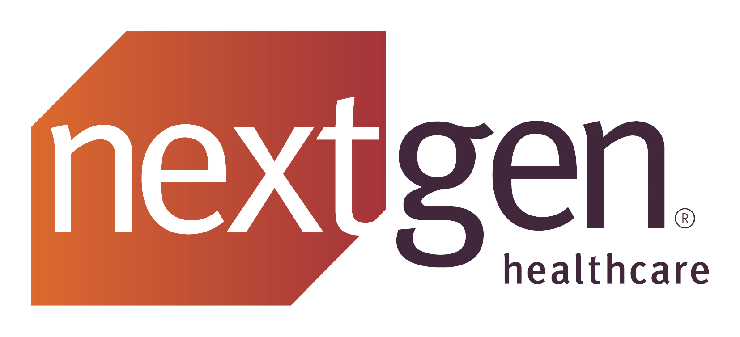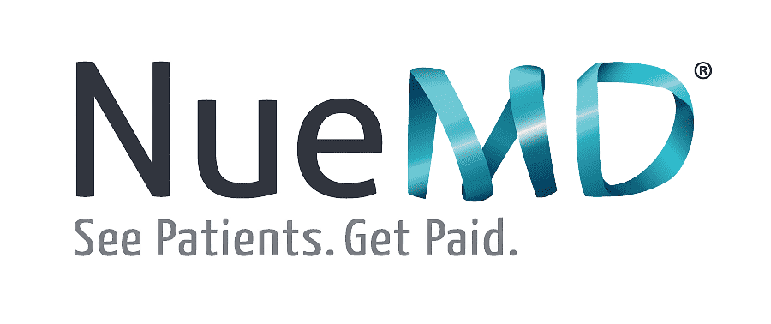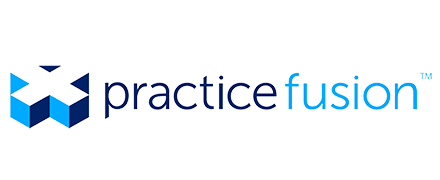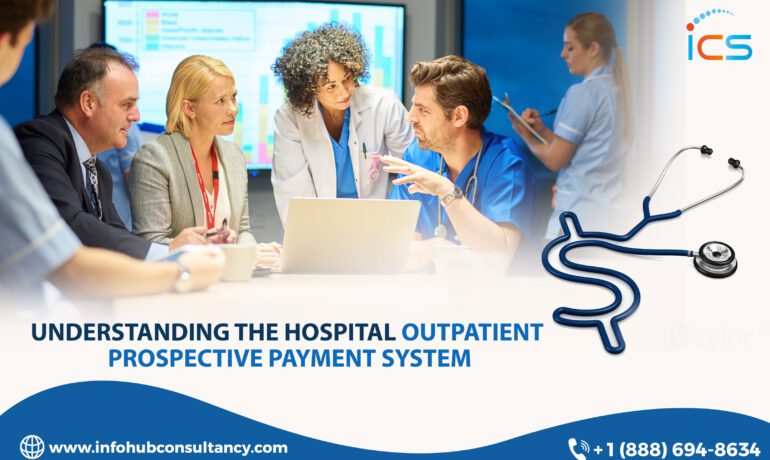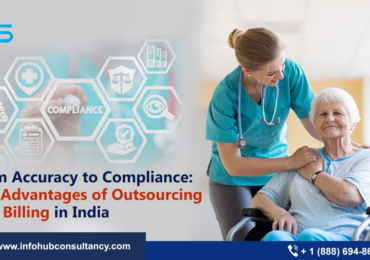The Hospital Outpatient Prospective Payment System (OPPS) is a pivotal framework for managing payments to hospital outpatient departments (HOPDs) in the United States. Administered by the Centers for Medicare & Medicaid Services (CMS), OPPS standardizes reimbursement for outpatient services, promoting efficiency and cost-effectiveness. This blog provides an in-depth look at OPPS, explaining its structure, key components, and payment policies.
What is the Hospital Outpatient Prospective Payment System?
The OPPS is designed to streamline payments for outpatient services provided by hospitals. It categorizes these services into specific payment groups, ensuring hospitals receive consistent and predictable reimbursement rates. By grouping similar services and items into Ambulatory Payment Classifications (APCs), CMS simplifies the payment structure, balancing hospital compensation while encouraging cost-effective care.
Ambulatory Payment Classifications (APCs)
Central to the OPPS are Ambulatory Payment Classifications (APCs). APCs group similar services and items based on clinical and resource similarities. Each APC includes a bundle of services and procedures expected to require similar levels of resources and offer comparable clinical outcomes.
For instance, an APC might encompass a range of diagnostic tests or surgical procedures commonly performed together. By categorizing these services, CMS simplifies the payment process and ensures fair compensation for the resources used.
Comprehensive APCs (C-APCs)
Some services under the OPPS qualify for Comprehensive APCs (C-APCs). This policy allows CMS to provide a single payment for a primary service and all related items and services integral to the primary service. For example, if a patient undergoes a complex surgical procedure, the C-APC covers not just the surgery but also associated diagnostic tests, supplies, and follow-up care.
The goal of C-APCs is to reflect the total cost of delivering a comprehensive service rather than separating out individual components. This approach mitigates financial risk for hospitals and promotes efficient care delivery.
Pass-Through Payments and New Technology APCs
CMS also offers pass-through payments for new technologies and services that do not yet fit neatly into existing APCs. These payments provide additional reimbursement for specific devices, drugs, and biologicals that are newly introduced or have high costs not fully accounted for in standard APC rates.
- New Technology APCs: New services or technologies are assigned a New Technology APC until sufficient claims data are available to assign the service to an appropriate clinical APC. To qualify, a service must be genuinely new and not replace an existing HCPCS code. New Technology APCs ensure that innovative treatments and technologies receive fair reimbursement while CMS collects data to integrate them into the broader payment system.
- Transitional Pass-Through Payments: These payments are granted to new devices, drugs, and biologicals that meet specific criteria, including being new to the OPPS and having significant costs. Transitional pass-through payments help bridge the gap until new technologies can be fully integrated into the standard APC structure. Devices and drugs eligible for pass-through payments receive additional reimbursement based on the cost exceeding the standard APC payment amount.
Outlier Payments
Outlier payments are another crucial aspect of the OPPS. These payments are designed to offset the financial risk associated with exceptionally costly or complex procedures. If the cost of a service exceeds a certain threshold, an additional outlier payment is provided to the hospital to cover the extra expense. This mechanism ensures that hospitals are not unduly burdened by high-cost cases and helps maintain the overall balance of the OPPS.
Criteria for New Technology APC Assignments
To qualify for a New Technology APC, a service must meet several criteria:
- Novelty: The service must be genuinely new, not adequately covered by existing HCPCS codes.
- Eligibility: It must fall within Medicare’s benefits and be deemed reasonable and necessary.
- Data Collection: The service is assigned to a New Technology APC until enough data is collected to assign it to a clinical APC.
Applications for New Technology APCs can be submitted year-round, with CMS making determinations on a quarterly basis. This process ensures that new services and technologies are promptly integrated into the payment system.
Application and Review Processes
The process for applying for pass-through and New Technology APCs involves detailed submission requirements and periodic reviews. Applications are evaluated quarterly, and those not initially approved may be reconsidered in subsequent annual rulemaking cycles. For devices, drugs, and biologicals, the pass-through payment period typically ranges from two to three years. After this period, these items are integrated into the standard APC payment structure.
Conclusion:
Navigating the complexities of the OPPS can be challenging. That’s where Info Hub Consultancy Services comes in. As experts in outsource medical billing and coding company in India, Info Hub Consultancy Services can help streamline your billing processes, ensuring accurate and efficient reimbursement under the OPPS. Our team is dedicated to optimizing your revenue cycle management, so you can focus on providing excellent patient care without the hassle of complex billing issues.
For more information and to learn how we can assist you, contact Info Hub Consultancy Services today. Call us at +1 (888) 694-8634 / 0422 4212 455 or email us at inquiry@infohubconsultancy.com. Let us help you navigate the OPPS landscape with confidence and achieve better financial outcomes for your practice.

